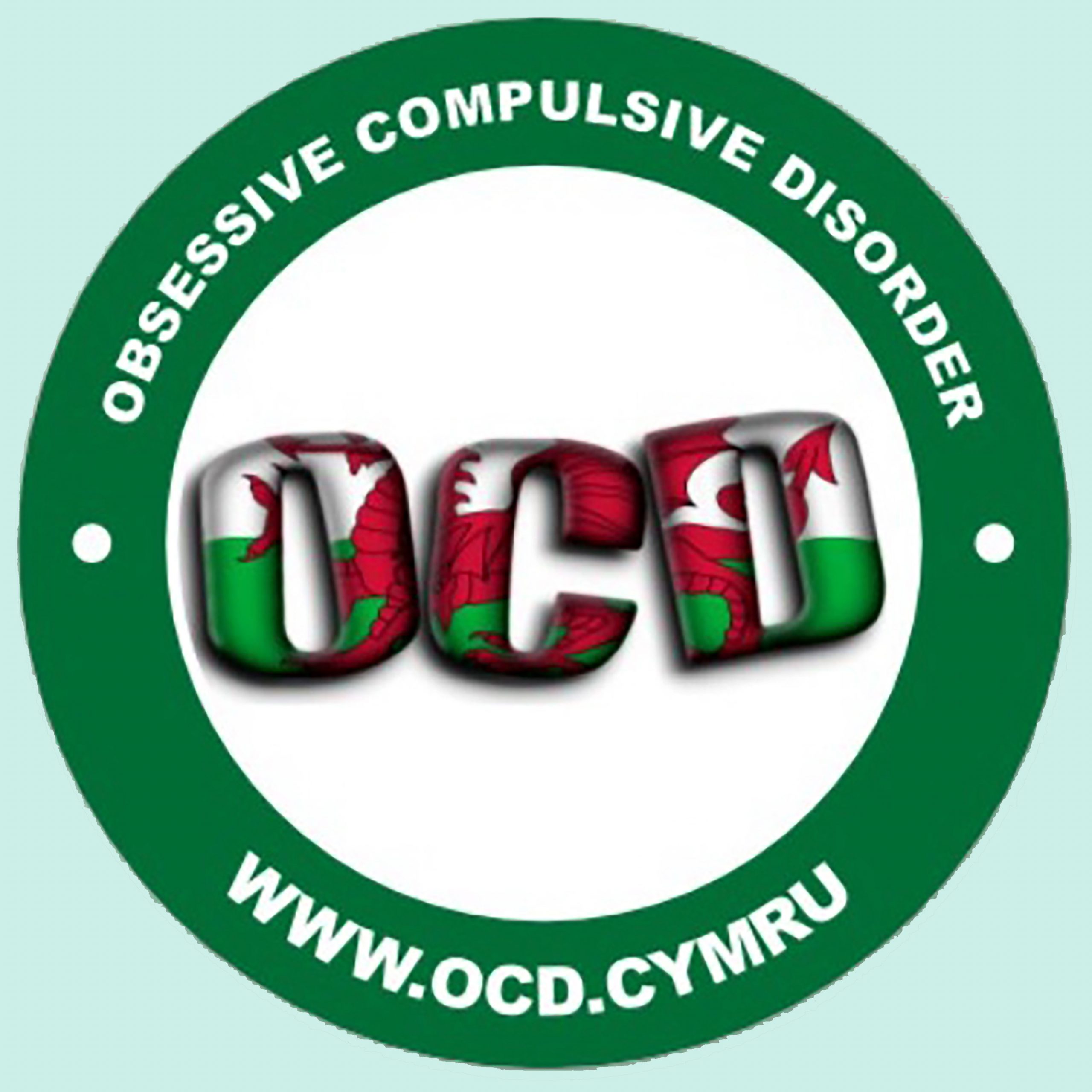
Image Credit: Photofunia.com Category Vintage.
Study Offers Hope to People with Restless Legs Syndrome
Restless Legs Syndrome (RLS) is a neurological disorder characterized by an uncontrollable urge to move the legs, typically accompanied by uncomfortable sensations. This condition, often exacerbated at night, can significantly disrupt sleep and impair the quality of life for sufferers.
New Genetic Insights
A groundbreaking study, led by an international team of researchers at the Helmholtz Munich Institute of Neurogenomics, the Institute of Human Genetics at the Technical University of Munich (TUM), and the University of Cambridge, has unveiled significant genetic clues pointing to the cause of RLS. The study’s findings provide a deeper understanding of the genetic underpinnings of the syndrome, offering new hope for targeted therapies.
The research identified several genetic variants associated with an increased risk of developing RLS. These variants are located in regions of the genome that are involved in the development and function of the nervous system. By pinpointing these genetic factors, the study opens the door to potential new treatments that target the specific biological pathways involved in RLS.
Key Findings and Implications
- Genetic Associations: The study discovered multiple genetic variants linked to RLS, many of which are involved in neural development and synaptic function. These associations suggest that disruptions in these pathways could contribute to the symptoms experienced by RLS patients.
- Potential Targets for Therapy: Understanding the genetic basis of RLS provides new targets for drug development. Therapies that can modify the activity of these genetic pathways might offer more effective relief from symptoms compared to current treatments.
- Personalized Medicine: The identification of genetic markers for RLS paves the way for personalized medicine approaches. By determining a patient’s specific genetic profile, healthcare providers could tailor treatments to the individual’s genetic makeup, potentially improving efficacy and reducing side effects.
Complementary Research and Treatment Advances
In addition to the genetic study, other recent research and treatment advances have shown promise for RLS patients:
- Iron Supplementation: Low iron levels are commonly associated with RLS. Studies have demonstrated that iron supplementation can alleviate symptoms in individuals with iron deficiency.
- Dopaminergic Agents: Medications affecting the dopamine system, such as pramipexole and ropinirole, continue to be effective for many patients. Recent research focuses on optimizing these treatments to minimize side effects.
- Alpha-2-Delta Ligands: Drugs like gabapentin and pregabalin, which modulate nerve activity, have been effective for some patients, especially those who do not respond to dopaminergic agents.
- Non-Pharmacological Approaches: Lifestyle modifications, including regular exercise, good sleep hygiene, and dietary adjustments, can help manage symptoms. Emerging therapies like acupuncture and yoga are also being explored for their potential benefits.
- Neurostimulation Techniques: Innovative treatments such as transcranial magnetic stimulation (TMS) and transcutaneous electrical nerve stimulation (TENS) are under investigation for their ability to modulate neural activity and reduce RLS symptoms.
Impact on Other Neurological Disorders
The genetic insights from this study could have broader implications beyond RLS, potentially affecting the understanding and treatment of other neurological disorders. Some of these disorders include:
- Multiple Sclerosis (MS): MS is an autoimmune disorder where the immune system attacks the protective covering of nerves. Genetic research in RLS might offer insights into common pathways that could be targeted in MS.
- Parkinson’s Disease: Parkinson’s involves the degeneration of dopamine-producing neurons. Since dopaminergic pathways are also implicated in RLS, advances in RLS research might inform new treatment strategies for Parkinson’s.
- Alzheimer’s Disease: Genetic and neural pathway research could uncover commonalities in the mechanisms underlying neurodegeneration, offering potential therapeutic targets for Alzheimer’s.
- Peripheral Neuropathy: Conditions that affect peripheral nerves could benefit from the understanding of neural function and genetic factors identified in RLS research.
- Fibromyalgia: This chronic condition characterized by widespread pain might share genetic and neurochemical pathways with RLS, providing new avenues for treatment.
- Attention Deficit Hyperactivity Disorder (ADHD): Some studies suggest a link between RLS and ADHD, particularly in genetic predispositions and dopaminergic dysfunction, which could be explored further for potential overlapping treatments.
Conclusion
The recent genetic study spearheaded by researchers at Helmholtz Munich, TUM, and the University of Cambridge represents a significant milestone in the understanding and treatment of Restless Legs Syndrome. By uncovering the genetic factors contributing to RLS, this research not only enhances our knowledge of the condition but also opens up new avenues for effective, targeted therapies.
As the scientific community continues to explore these genetic clues and develop innovative treatments, there is renewed hope for individuals suffering from RLS. Furthermore, the insights gained from this research may have broader applications, potentially benefiting a range of other neurological disorders. Patients are encouraged to consult their healthcare providers to discuss the latest research findings and explore the most appropriate treatment options tailored to their specific needs.
Further Reading:
- Study offers hope to people with restless legs syndrome (msn.com)
- Restless legs syndrome study identifies 13 new genetic risk variants | University of Cambridge
- MEIS1 and BTBD9: Genetic association with restless leg syndrome in end stage renal disease — Technical University of Munich (tum.de)
- Precision Neuromedicine – Helmholtz Munich (helmholtz-munich.de)
Zena graduated with a Distinction in MSc International Business Management | First Class Graduate in BA (Hons) Marketing Management | Distinction in CIM Level 4 Digital Marketing Techniques
Zena is the co-founder and sub-editor of DisabledEntrepreneur.UK & DisbilityUK.co.uk Zena may look normal to an untrained eye even though she has an invisible disability, thanks to a great support network she is able to adapt into society and has additional help, whenever she needs it.
Zena aspires to be a role model for young people with Multiple Sclerosis. She too suffers from MS and encounters chronic pain symptoms in the legs and has noticed cognitive impairment and muscle weakness.
Recognized as a 'Cosmetic Champion Influencer', she celebrates the innovation, glamour, and empowering spirit that define Disabled Entrepreneur - Disability UK Affiliate Partner Beauty Ranges.
When it comes to marketing Zena works remotely which does not put an added strain on her health. She writes articles and posts on an array of subjects, namely health and wellbeing, business,. She also does social media management, content creation and digital marketing, whilst promoting DisabledEntrepreneur.uk and DisabilityUK.co.uk brands.






